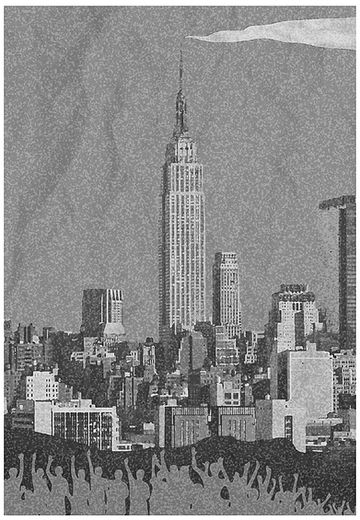
Views of the city from below
As a child, I viewed the city as a place of excitement, and a place where people felt comfortable and at ease. As I grew older, I realised that the city is in fact a place of importance, and does not care for the wellbeing of individuals, but rather their position in a money- making scheme. The city is defined as a place with a large human settlement; however one may say that is neglects a crucial aspect of humanity that makes us human, compassion and empathy. The city tends to prioritise people and things that will contribute to the production of material, the consumption of material, and the marketing of material; it prioritises labour that benefits the economy. Although there being nothing wrong with business environments and improving the economy, as a richer city then benefits those struggling. However, nonetheless it relies on people desperate to make money to feed themselves and their families to create the economy. One thing is for certain, the workers make the city. They are the backbone of the contemporary city, from the building of structures, to the production of materials and ideas that are to be sold to consumers. Without them, there would be no capitalism.
‘Building Materials’ by S.K. Duggal
To better understand architecture, it is important to understand the components that make up architecture. The materials that make up a building have identified and should not be overlooked. They are the ingredients to creating a structure and are sought out and chosen considerably. For my project 2 and 3, I attempted to imply a heavy analysis on the chosen materials, and the history of its use. Brick and concrete are solid materials, non permeable and are usually load bearing. They are key components in a thermal system, allowing a steady control of heat gain and heat distribution. The discovery of steel as a structural component allowed for advancements in our buildings, being structurally sound and convenient. Glass is a transparent material, allowing individuals views of the world beyond the solid, non permeable materials.


'Mental Health in the Field' - David Matthews
The emotional and mental wellbeing of individuals has evidently decreased over the past few decades. Although a number of reasons for this -such as war and poverty-, capitalism and business environments are a strong contributor to the decrease of happiness in people. Though you cannot say that capitalism is not heavily relied on for economic and financial relief. As much as a work environment is depriving people of happiness, it is also necessary to provide people with basic resources and shelter. It is as though we are birds in a cage, however the door is open. Despite being in confinement, the risk of leaving is far greater than rejecting the way of life enforced by capitalistic cities.
